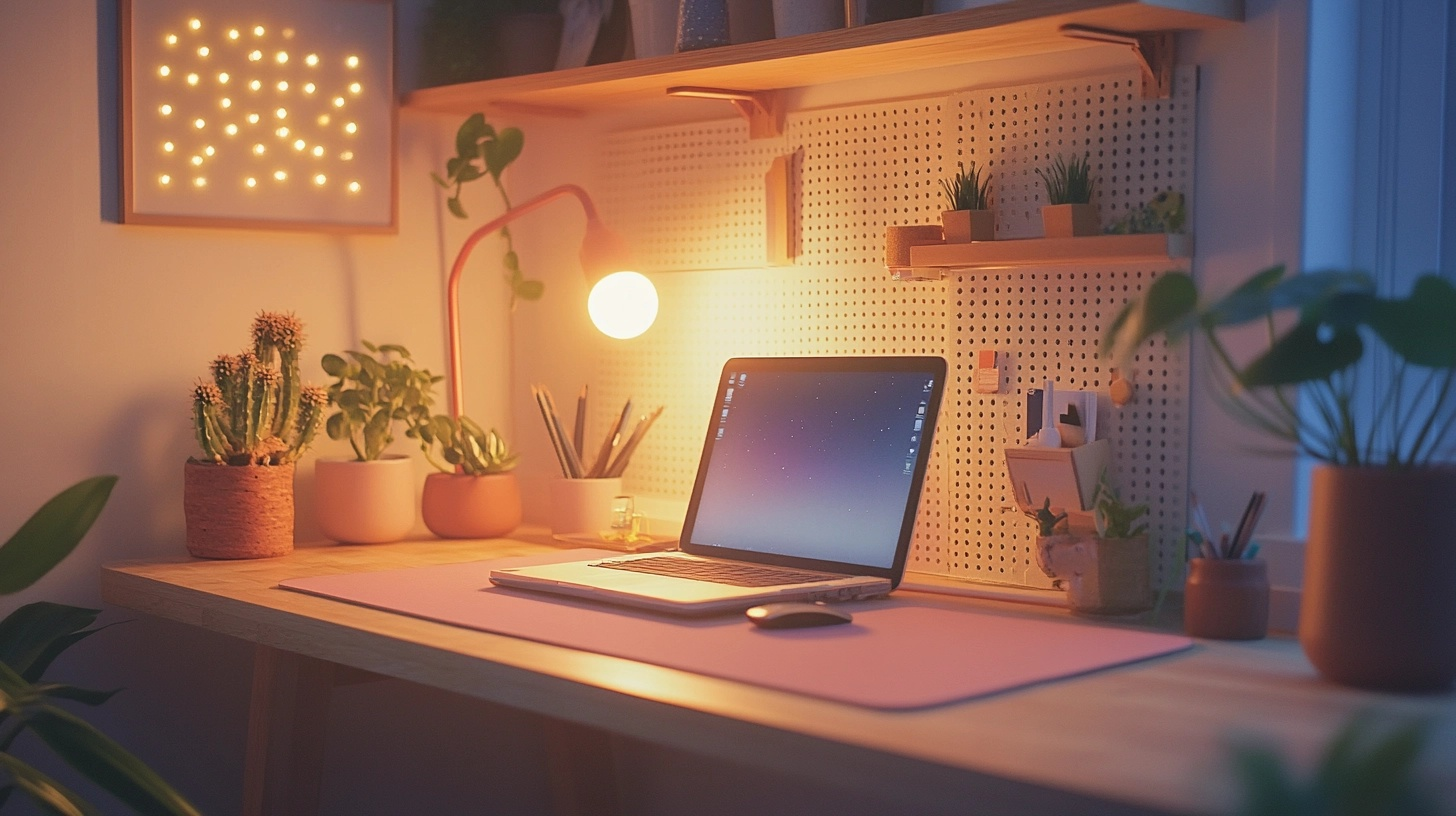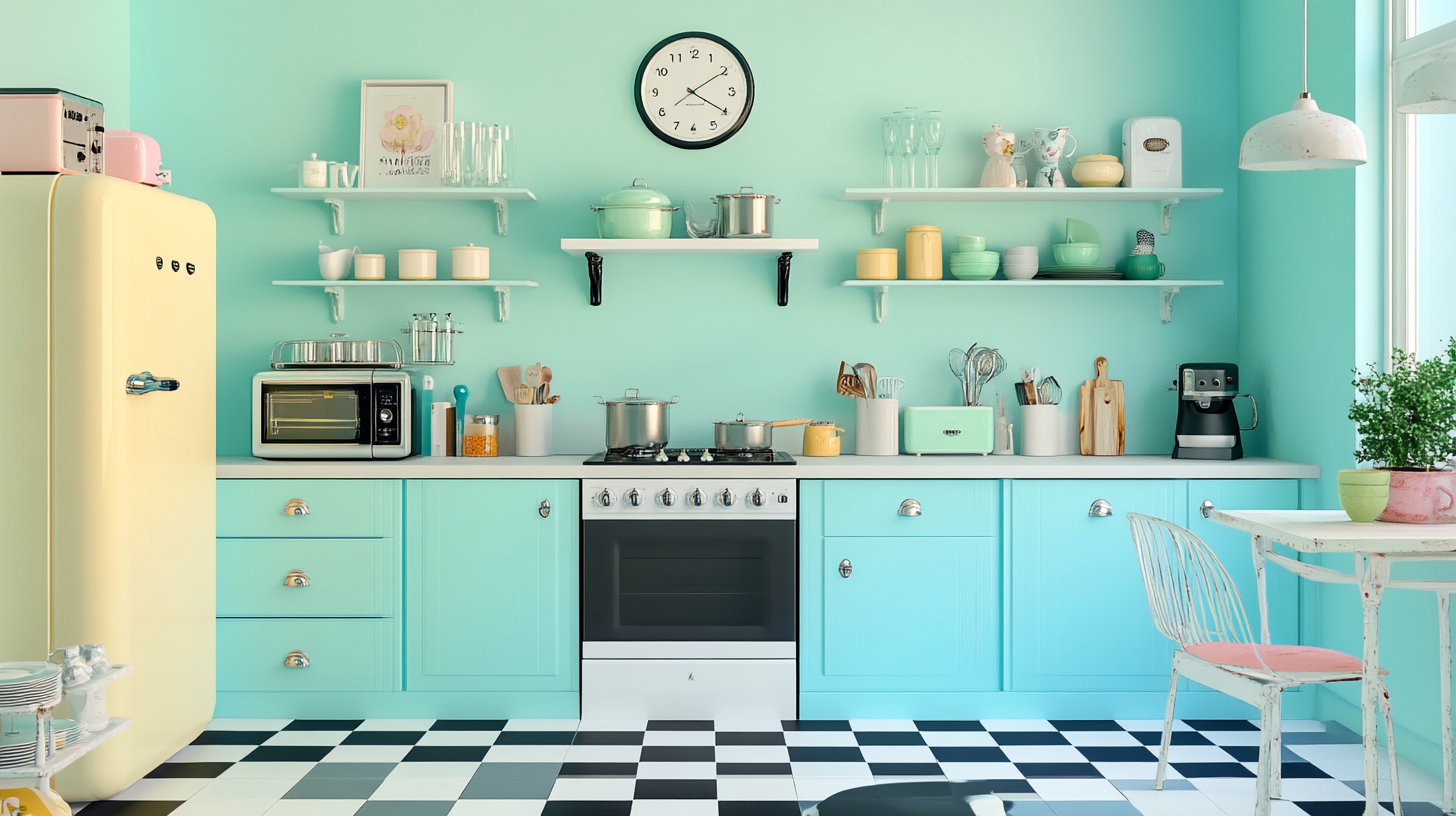How to Organize Drawers for a Clutter-Free Home
Drawers are often the hidden chaos of our homes.
They seem so neat from the outside but open them, and you’ll often find a jumbled mess of items you don’t remember putting there.
Organizing drawers can feel overwhelming, but it’s one of the most satisfying tasks you can tackle.
A well-organized drawer isn’t just visually pleasing—it makes life easier and more efficient.
In this guide, we’ll explore actionable steps, expert tips, and some personal insights to help you transform even the messiest drawers into orderly spaces.
Why Should You Organize Your Drawers?
Before diving into the details, let’s discuss why drawer organization matters.
- Time-Saving: Imagine not having to rummage for your favorite pen or that missing sock.
- Stress-Reducing: A clutter-free space fosters a calmer mind. Visual clutter can create mental chaos.
- Improved Efficiency: When everything has a designated spot, daily routines run more smoothly.
- Maximized Space: Proper organization allows you to use every inch of your drawer effectively.
Personal Insight: My junk drawer used to be a black hole where things went to disappear.
After organizing it, I realized I had four pairs of scissors and countless batteries. Now, it’s a functional space I actually enjoy using!
Step-by-Step Guide to Organizing Any Drawer
1. Empty the Drawer Completely
The first step to drawer organization is starting fresh. You can’t assess the mess or plan a layout without seeing everything.
- Why? Removing everything gives you a clear view of what you’re dealing with.
- How?
- Take everything out and lay it on a flat surface. Group similar items together as you go.
- Use a damp cloth to clean the inside of the drawer. If you’re feeling fancy, add a drawer liner for a fresh start.
Anecdote: When I emptied my kitchen junk drawer, I found old receipts from five years ago. It was like uncovering a time capsule!
2. Declutter Ruthlessly
Drawers often house items we no longer need. This is your chance to let go of the unnecessary.
-
Ask Yourself:
- Do I use this regularly?
- Does it belong in this drawer?
- Is it still functional?
-
Action Steps:
- Sort items into three piles: Keep, Donate, and Toss.
- Be honest with yourself. That broken tape measure you’ve been meaning to fix? Toss it.
Expert Tip: If you haven’t used an item in the last six months, chances are you won’t miss it.
3. Group Similar Items Together
Categorizing your items is the key to a well-organized drawer.
- Why? Grouping like items together makes them easier to find and reduces the chance of clutter creeping back in.
- How?
- Examples: Pens with pens, batteries with batteries, and socks with socks.
- For multifunctional drawers like a junk drawer, limit categories to essentials like tools, chargers, and stationary.
Pro Tip: Label each group temporarily during sorting to make the process easier.
4. Use Dividers or Organizers
Drawer dividers are game-changers. They keep items in their place and make the drawer visually appealing.
- Why? Without dividers, items slide around and chaos quickly returns.
- How?
- Invest in adjustable organizers for flexibility.
- Repurpose household items like small boxes, mason jar lids, or silicone cupcake liners.
DIY Hack: Cut cereal boxes into sections to create free dividers. Spray-paint them for a polished look.
5. Label for Easy Maintenance
Labeling isn’t just for aesthetics—it’s a functional tool to ensure everyone in the household follows the system.
- Why? Labels act as reminders of what belongs where, preventing the drawer from devolving into a mess again.
- How?
- Use a label maker for a neat finish or handwritten sticky notes for a personal touch.
- For frequently used drawers, consider clear labels on the outside.
Example: Label compartments in a junk drawer with “Tape,” “Scissors,” and “Pens” to make finding items a breeze.
Room-Specific Drawer Organization
1. Kitchen Drawers
Kitchen drawers are notorious for becoming dumping grounds. From utensils to random gadgets, it’s easy for things to spiral out of control.
- Steps:
- Use stackable organizers to separate cutlery, spatulas, and smaller tools.
- Dedicate one drawer to utility items like scissors, tape, and batteries.
- Limit specialty gadgets (like that avocado slicer you never use) to a single drawer.
Pro Tip: Keep frequently used items in the top drawers and less-used gadgets lower down.
2. Bedroom Drawers
Your dresser drawers should make getting dressed a stress-free experience.
- Steps:
- Roll clothes like socks and t-shirts to maximize space and visibility.
- Use drawer organizers for smaller items like underwear and accessories.
- Rotate seasonal clothes, storing off-season items elsewhere.
Expert Advice: Line drawers with scented paper for a luxurious touch.
3. Bathroom Drawers
Bathroom drawers can quickly become cluttered with toiletries and random samples.
- Steps:
- Dedicate sections for daily essentials like toothbrushes and razors.
- Store smaller items like bobby pins and cotton swabs in clear containers.
- Dispose of expired products to free up space.
Pro Tip: Use water-resistant organizers for a longer-lasting setup.
4. Junk Drawers
Every home has at least one junk drawer, but that doesn’t mean it has to be chaotic.
- Steps:
- Limit categories to items like chargers, tools, and tape.
- Use small bins for tiny items like paper clips or screws.
- Regularly declutter to keep things manageable.
Personal Insight: My junk drawer overhaul taught me that less really is more. Keeping only the essentials makes the drawer feel intentional rather than chaotic.
Tips for Maintaining Organized Drawers
- Set Boundaries: Commit to keeping only relevant items in each drawer.
- Regular Check-Ins: Spend five minutes every month tidying up.
- One-In, One-Out Rule: For every new item added, remove an old one.
- Involve the Household: Teach family members to respect the system.
Conclusion
Organizing drawers might seem like a small task, but it can significantly improve your daily life.
From saving time to reducing stress, a well-organized drawer is a simple pleasure that keeps on giving.
With these tips and strategies, you can tackle even the messiest spaces and create drawers that are functional and a joy to use.
So grab your bins, labels, and maybe a cup of coffee—it’s time to transform your drawers into clutter-free zones!
Frequently Asked Questions
How Often Should I Organize My Drawers?
Every 3-6 months is ideal for drawer organization. This schedule helps prevent clutter from building up, ensures items remain accessible, and keeps your drawers functional and tidy.
What’s the Best Way to Handle Junk Drawers?
Use small containers to group similar items and limit the categories. Regular decluttering ensures the drawer stays manageable and doesn’t become a catch-all for random, unnecessary objects.
Should I Use Labels for Every Drawer?
Labels are great for shared or frequently accessed drawers, like kitchen or office spaces. Personal drawers, such as clothing storage, may not require them but can still benefit from organization.
How Do I Choose the Right Dividers?
Select dividers that fit your drawer dimensions and match your needs. Adjustable or modular options are versatile and ideal for maximizing space in various types of drawers.
Can Organizing Drawers Save Me Money?
Yes, organized drawers help you avoid buying duplicates of misplaced items. You’ll also save time searching for essentials, making organization a cost-effective habit.







